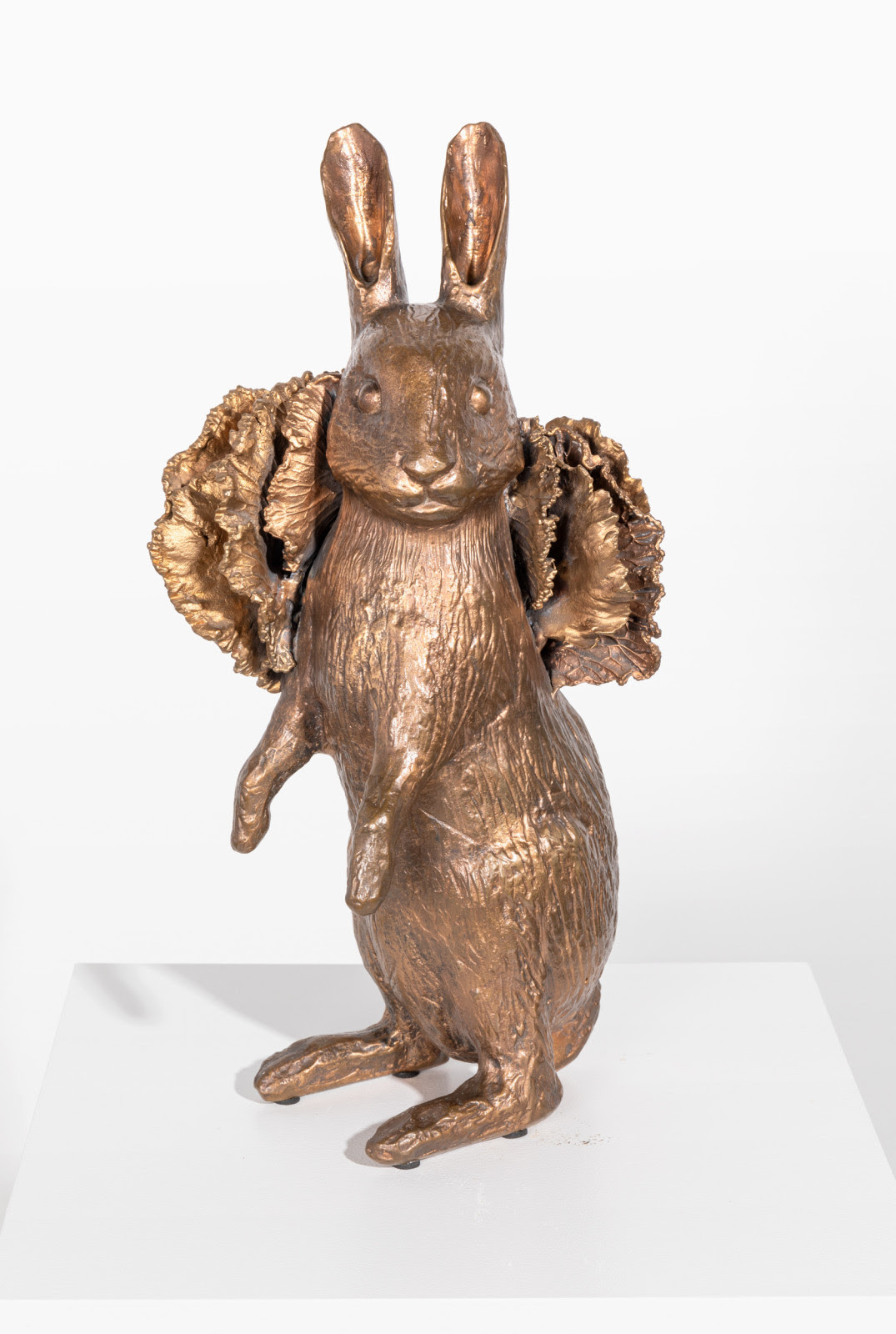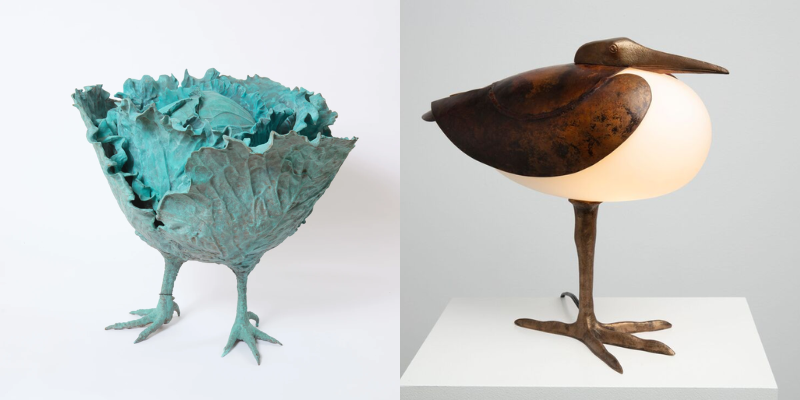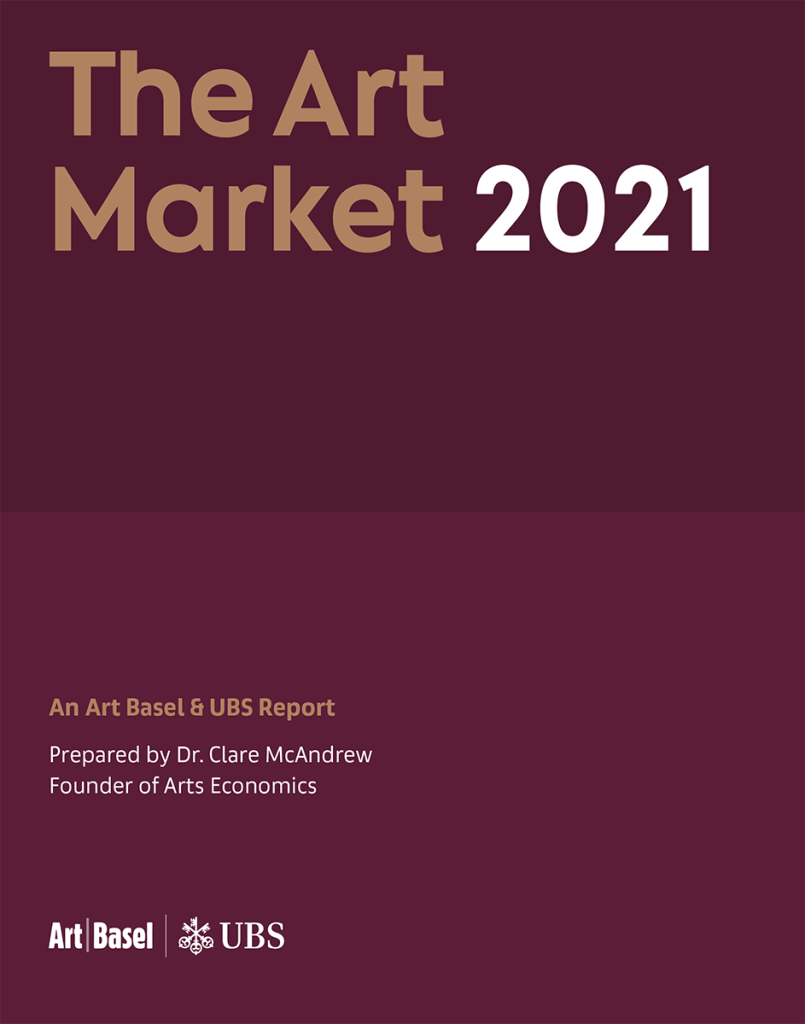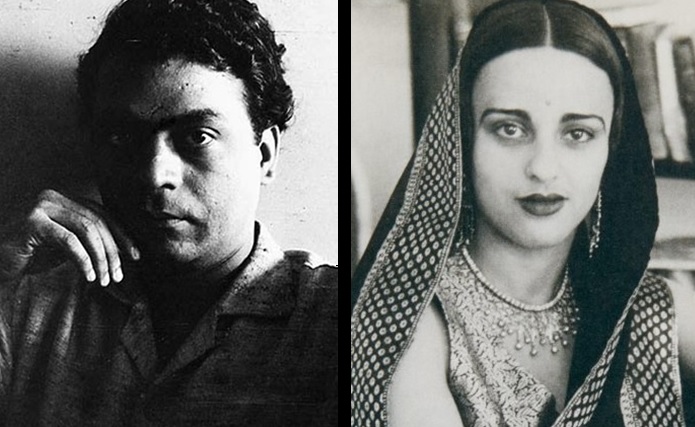Les Lalanne is the term given to address the French artists couple Francois-Xavier and Claude Lalanne. Born in Agen, France, Francois Xavier Lalanne became interested in sculpting after attending school in Paris and working at the Louvre. In 1952, Constantin Brâncuși introduced him to prominent painters, whereupon he met Claude, his future wife. Rejecting abstract art trends in the 1960s, the couple was noted for their belief in the “supreme art of living.” Their collaborative works, such as Claude’s cabbage with chicken legs and Francois-Xavier’s bronze sheep, attracted attention and were commissioned by Yves Saint Laurent and Pierre Bergé. Francois-Xavier Lalannes focused on animals whereas Claude Lalannes concentrated on vegetation when they co-created projects. Their ongoing influence was underscored by their 1989 topiary fountain work in Santa Monica and exhibitions in New York.
There has never been a more healthy market for the well-known French art team Les Lalanne; a recent record-breaking Christie’s Paris auction attests to their international appeal. According to Edith Dicconson of the Kasmin Gallery in New York, the Lalanne market is a global phenomenon that captivates collectors all over the world. The sudden spike in demand is evidence of Les Lalanne’s quirky and surreal sculptures’ continuing appeal rather than just a passing fad.

Les Lalanne challenged the usual premise that form follows function with his sculptures, which are sometimes misinterpreted as intellectually lacking. Instead, they are profoundly steeped in the Surrealist principle of radical juxtaposition. Their distinct artistic vision is demonstrated by their capacity to arouse both joy and cognitive dissonance through sculptures such as the Mouton series, which are life-sized sheep meant to bring the countryside to Paris.
In 1966, the Lalannes became well-known worldwide when Alexander Iolas displayed their artwork with master surrealists like René Magritte and Max Ernst. Their status in the art world was cemented and their work was contextualised thanks to this exposure. Les Lalanne’s sculptures are in great demand in the fine art market, despite the original impression that their work is only decorative.

The auction of Yves Saint Laurent and Pierre Bergé’s collection in 2009 marked a turning point in Les Lalanne’s commercial trajectory, as two of Lalanne’s pieces achieved notable public numbers. Since then, there has been an exponential increase in demand for their art, driving up prices.
Claude continued to be involved until her death in 2019, greatly cementing François-Xavier’s legacy even after his passing in 2008. The longevity of Les Lalanne’s art is demonstrated by the fact that the family’s estate sale at Sotheby’s Paris in 2019 doubled the auction house’s high estimate. Les Lalanne collectors come from a wide range of countries; around one-third of buyers are from the US, one-third are from Europe, and one-third are from Asia. Exhibitions such as the one that will take place at Kasmin in April 2024 guarantee that the legacy of Les Lalanne will live on for future generations. Their work, which is distinguished by co-created animal and vegetation themes, has captured the attention of audiences all over the world.

References:
- The Art Newspaper- Why Les Lalanne are in high demand
- Wikipedia- Les Lalanne
Read Also:
Auguste Rodin: Kiss, Thinker and the Hell that Shaped the History of Sculpture





